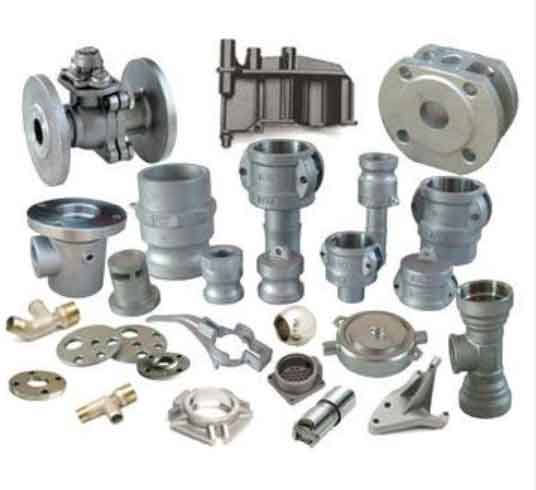Sand casting is indeed a cost-effective solution for the production of complex and customized parts. Here are some reasons why sand casting is preferred in such scenarios:

- Tooling and setup costs: Sand casting typically requires lower upfront tooling and setup costs compared to other casting methods like investment casting or die casting. The molds used in sand casting are relatively simple and can be made from readily available materials, reducing the overall cost of production.
- Flexibility in design: Sand casting allows for greater design flexibility, especially when it comes to complex or customized parts. The sand molds can be easily formed and modified to accommodate intricate geometries, undercuts, and internal cavities. This makes sand casting ideal for producing parts with complex shapes or features.
- Wide material selection: Sand casting supports a wide range of materials, including ferrous and non-ferrous alloys. This versatility allows for the production of parts with specific material properties and performance characteristics, such as strength, corrosion resistance, or heat resistance.
- Scalability and production volume: Sand casting is well-suited for both low-volume and high-volume production. The process can easily accommodate changes in production quantities without significant adjustments to the tooling or setup. This scalability makes sand casting cost-effective for producing small batches or large quantities of parts.
- Customization and modifications: Sand casting offers the flexibility to make modifications or adjustments to the part design during the casting process. This is particularly beneficial for prototyping or when design changes are required. Sand molds can be easily modified or repaired, allowing for quick iterations and customization.
- Reduced waste and material utilization: Sand casting is known for its high material utilization, as the excess sand can be reclaimed and reused. This minimizes material waste and contributes to cost savings. Additionally, the recyclability of sand and the use of eco-friendly binders promote sustainability in the sand casting process.
- Suitability for large-scale parts: Sand casting is well-suited for producing large-scale parts that may be difficult or impractical to manufacture using other methods. The ability to produce sizable castings in a single piece eliminates the need for joining or assembly processes, reducing costs and improving structural integrity.
Overall, sand casting offers a cost-effective solution for producing complex and customized parts due to its lower tooling costs, design flexibility, wide material selection, scalability, and ability to accommodate modifications. It is a versatile process that provides manufacturers with an efficient and economical option for a wide range of applications across various industries.
